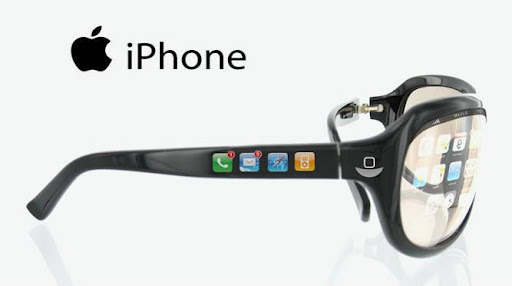
For a long time, handheld gaming was seen as the little brother to its console counterparts, but with the rise of popularity in smartphone gaming that may not be the case much longer. A recent report by AppLift provides data that estimates smartphone gaming will be a $14 billion industry by 2016, with an estimated yearly growth of almost 20 percent. The power of handheld games has multiplied exponentially over the last 30 years and we’ve come so far that it is hard to believe. Here is a look at the history of handheld gaming, from its earliest history to the present.
The Dawn of Portable Gaming
The first portable video games were beyond primitive. Geek.com reports the first portable video game ever designed was 1977’s Auto Race, a LED handheld that had a measly 512 bytes of memory. LED handhelds were the first portable video games, with thrilling titles such as Basketball, Baseball, and Football. In 1979, primitive handhelds such as these were eclipsed by Milton-Bradley’s Microvision system, a cartridge-based handheld that featured multiple titles. This gave rise to the legendary Nintendo Game & Watch system, which featured LCD screens and single-title handhelds that doubled as alarm clocks. The basic LCD screen concept was copied by countless developers around the world, and companies such as Tiger developed and released LCD games based on the Game & Watch technology well into the 90’s.
The Second Wave
It wasn’t until 1989 that the tide shifted for portable games. 1989 saw the release of the Nintendo Game Boy as well as its lesser known competitor, the Atari Lynx. The Lynx is a sad story of what may have been – the handheld system featured multiplayer support, was capable of 3D graphics, and outclassed its competitors in terms of power. According to Atari Age, it possessed two 16-bit processors, making it nearly 4 times as powerful as the Nintendo Game Boy. Lynx’s downfall came from the fact that Atari simply couldn’t convince programmers to develop games for the console, and within a few years the Nintendo Game Boy dominated the market. The Game Boy sold millions of units in its lifespan, greatly outpacing competitors such as the Game Gear; according to numbers released by Nintendo, the Game Boy family of consoles sold more than 118 million units and more than 500 million games.
Catching Up
Nintendo dominated the handheld market with the Game Boy family of games for years, and it wasn’t until the arrival of the Playstation Portable in 2004 that it had anything to worry about. The PSP was the most powerful handheld platform on the market up to then, but in 2003 cell-phone manufacturer Nokia released a handheld of its own, the N-Gage. Something of a historical novelty, the N-Gage was a combination cell-phone and game console that, in its own way, predicted the era of smartphone games. While it’s unlikely anyone foresaw the era of free games online, Nokia saw the potential to combine two technologies long before any competitor. But for playing this online games you need good internet at home to download them and then take them everywhere wit you, that’s why more and more people is now getting the best internet routers and learning more about it at places like factschronicle.com ultimate buying guide and reviews for users.
Today, the realm of handheld gaming lays firmly in smartphones and similar devices, and we may very well be at the end of the era of dedicated handheld consoles. While tech titan Sony has hinted at the release of a new handheld console soon, the truth is that the age of the app allows indie game developers the freedom to release their game on the market without the aid of the giants of the industry. This shift in the way games can be released may mirror the death of the Atari Lynx back in the 80’s, as developers choose the app marketplace over handheld console exclusivity.















